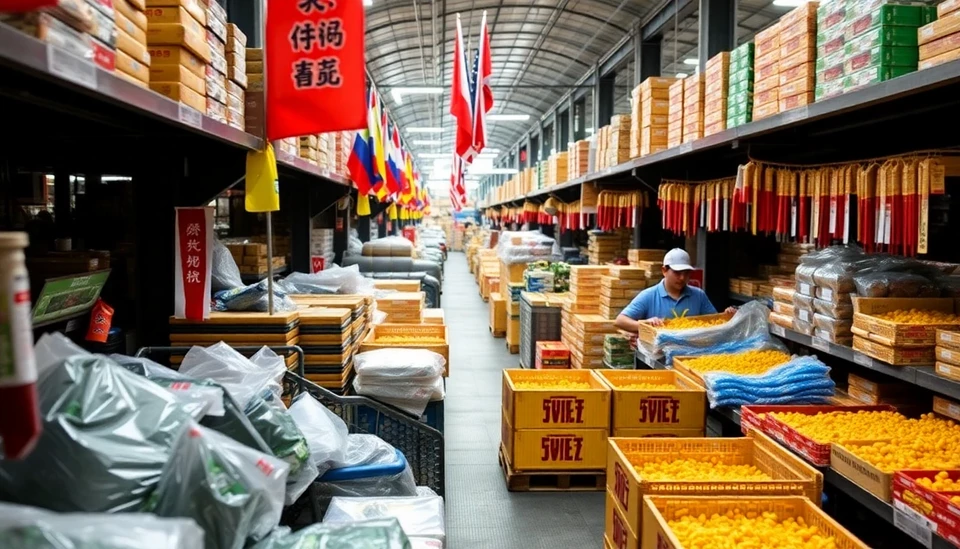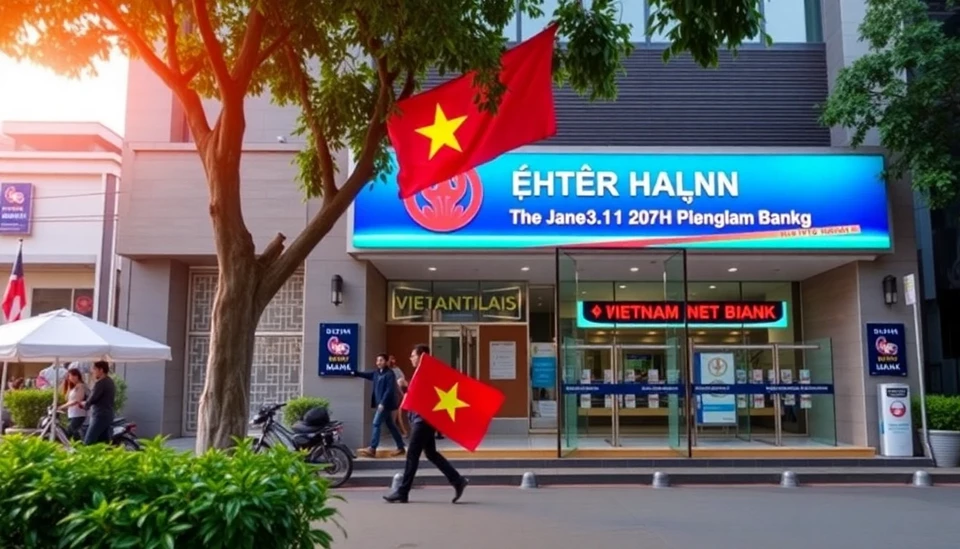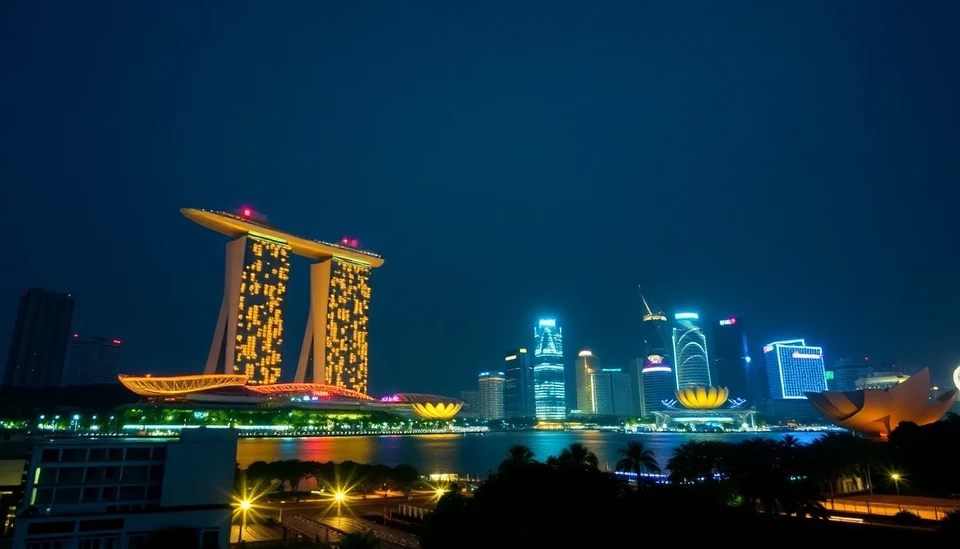
As the geopolitical landscape evolves, Asia finds itself at a pivotal juncture, confronting a significant test of its export-dependent model. With the repercussions of former President Donald Trump’s tariff policies magnifying, the region is bracing for a potential economic shake-up that could redefine its trade relationships and industry practices.
The situation stems from the ongoing economic fallout associated with protective measures the U.S. implemented during Trump’s presidency. These tariffs, which targeted a wide array of goods, have had lasting ramifications for Asian economies that heavily rely on exports. Countries such as China, Japan, and South Korea, which traditionally sustained robust growth through international trade, are now pondering strategies to adapt to the shifting global market dynamics.
Experts suggest that the era of constant growth powered by exports is under scrutiny. One of the critical challenges faced is the need for diversification in economic strategies. Analysts argue that simply relying on exports for growth is no longer tenable in a world increasingly characterized by trade barriers and a focus on supply chain resilience. Countries may need to pivot towards bolstering domestic markets or enhancing technological innovation to remain competitive.
The tariff implications have already had pronounced effects on trade volumes and pricing. For instance, the cost of goods exported from Asian countries to the U.S. has risen, causing domestic prices to potentially increase as well. This situation has led business leaders to call for a reassessment of trade strategies and a shift from merely focusing on export competitiveness to considering a multifaceted approach to economic development.
In addition, some analysts suggest that this could serve as an opportunity for Asian economies to strengthen their intra-regional trade ties. By fostering stronger economic collaborations within Asia, there could be a collective effort to mitigate the adverse effects of external tariff barriers. Initiatives aimed at enhancing trade agreements among Asian countries could prove beneficial, creating a more resilient economic framework in face of external pressures.
As policymakers convene to discuss potential responses, the urgency to rethink economic models has never been more pronounced. Rising inflation and disrupted supply chains corroborate the widespread recognition that adaptability and innovation will be vital as the region charts its course forward.
In summary, Asia stands on the brink of a significant transition, spurred by the legacies of previous trade policies and the pressing need for change. How the region will navigate these challenges will ultimately determine its economic trajectory in the years to come, with potential ramifications far exceeding mere tariffs.
#AsiaEconomy #TradeTariffs #ExportModels #EconomicChallenges #SupplyChainResilience
Author: Rachel Greene




